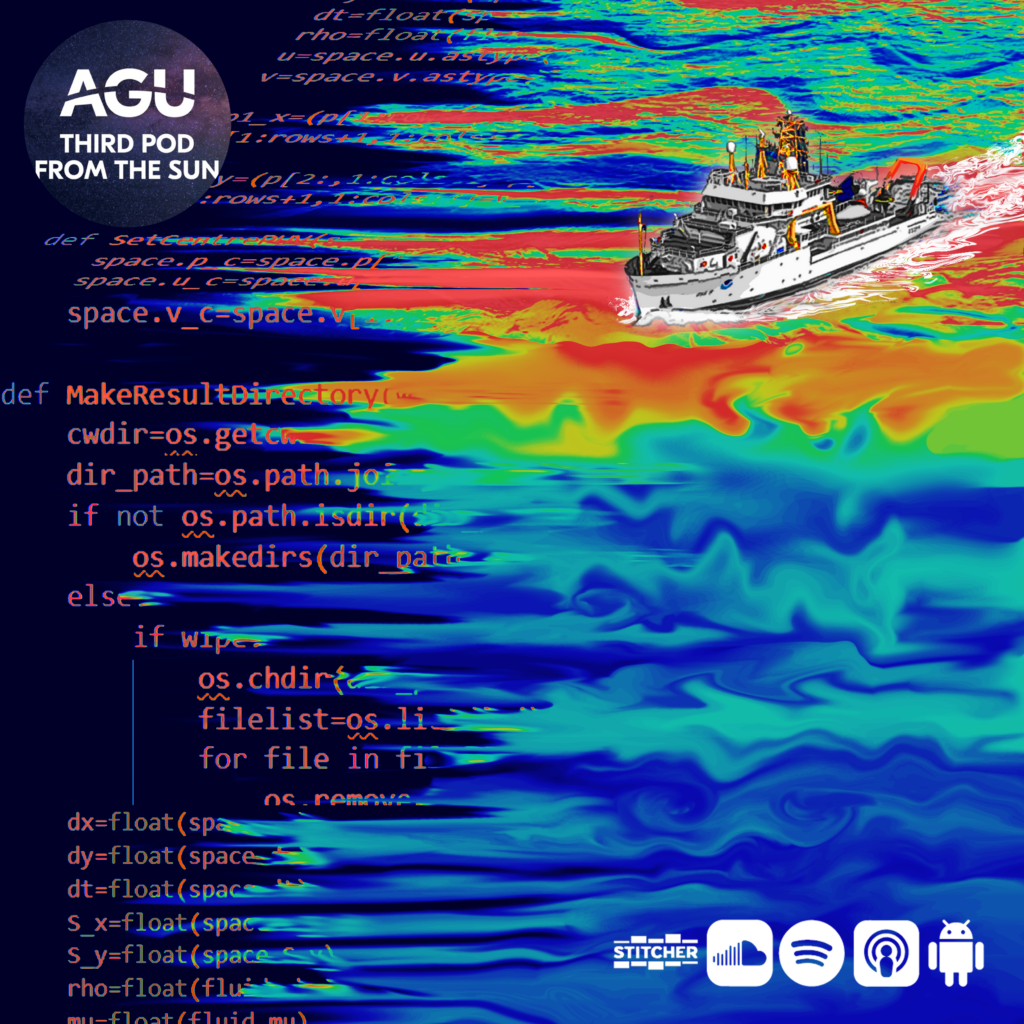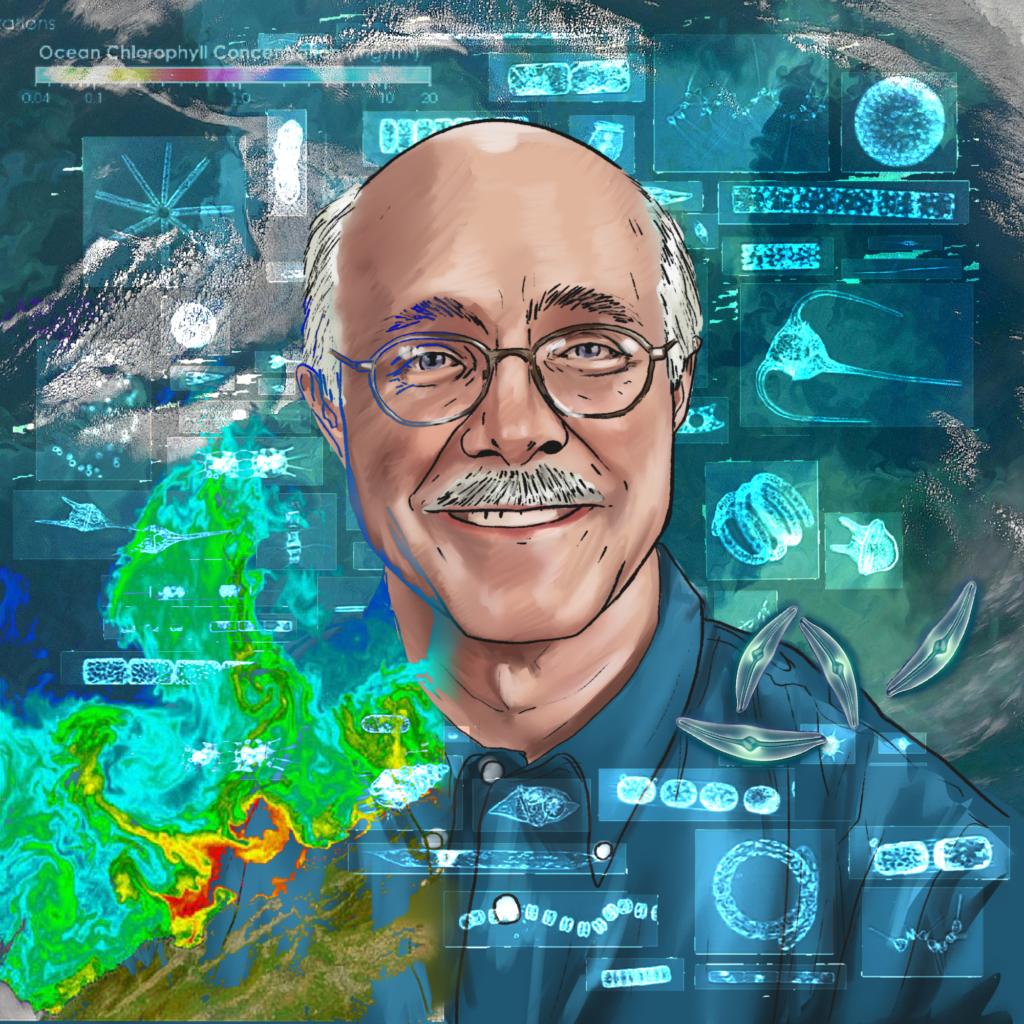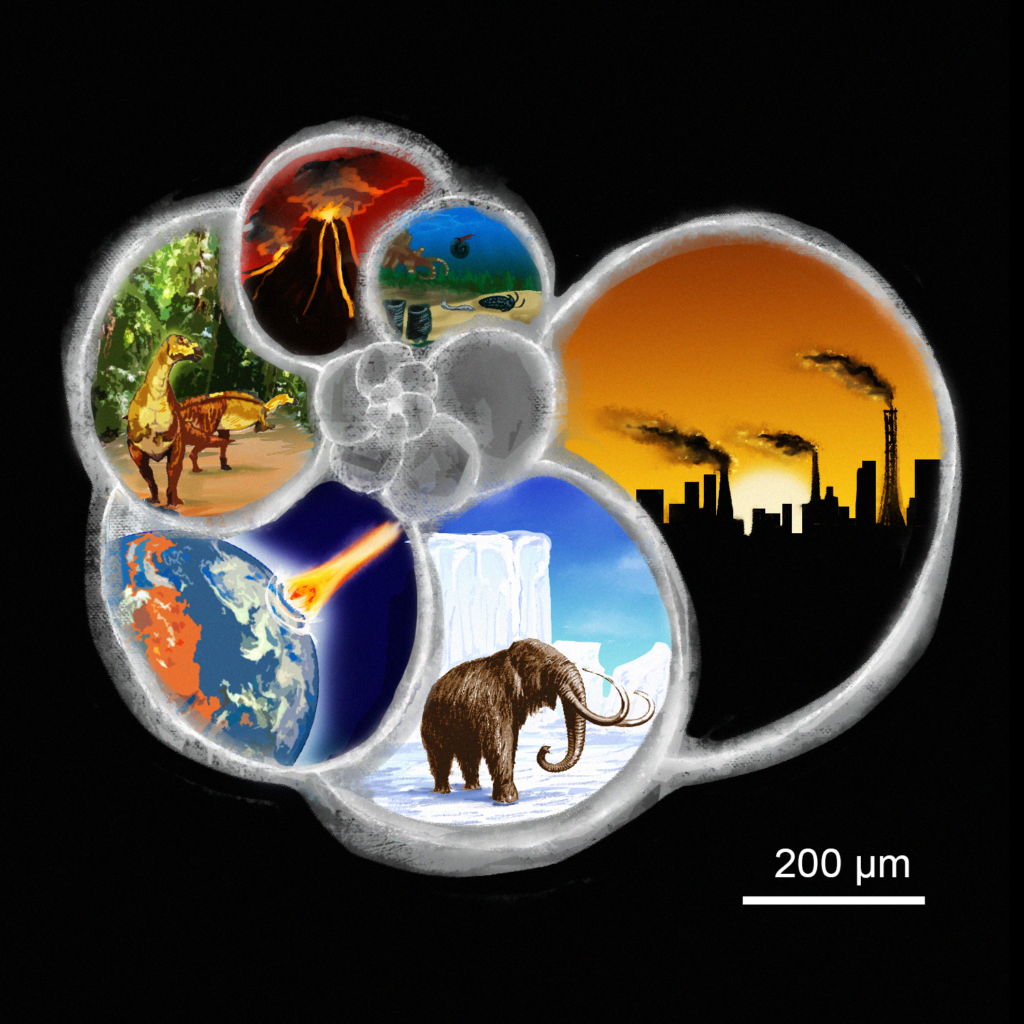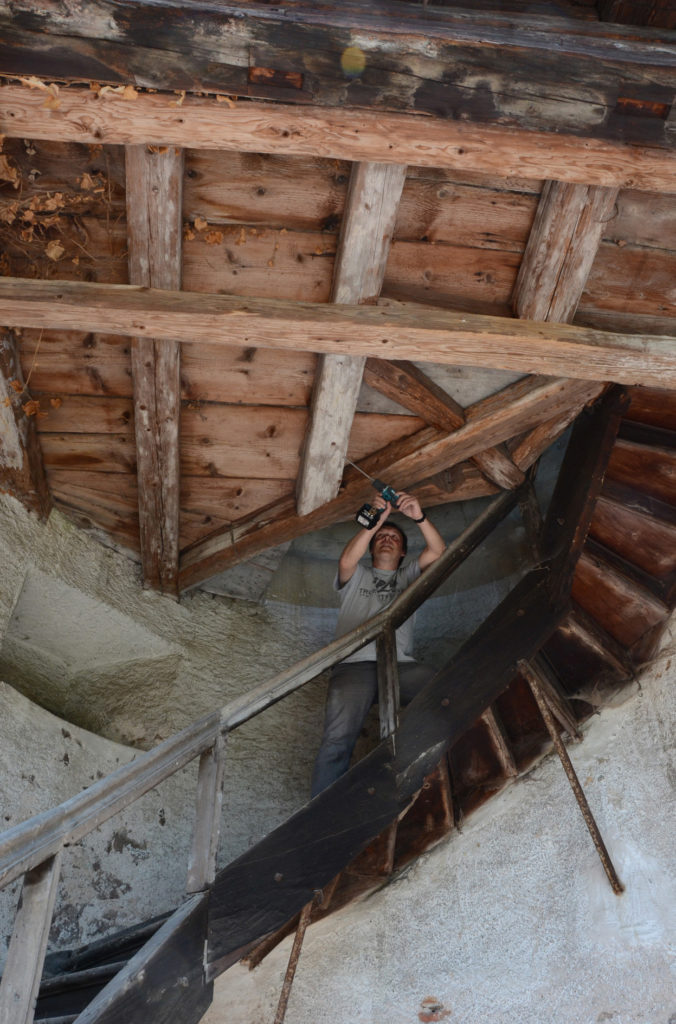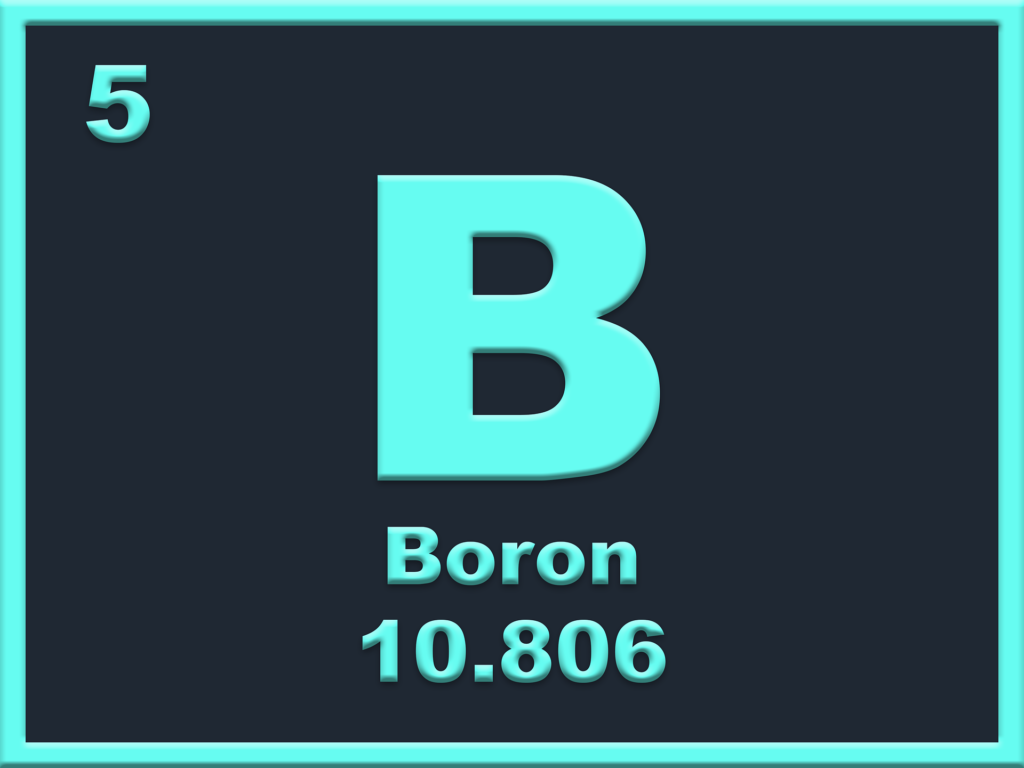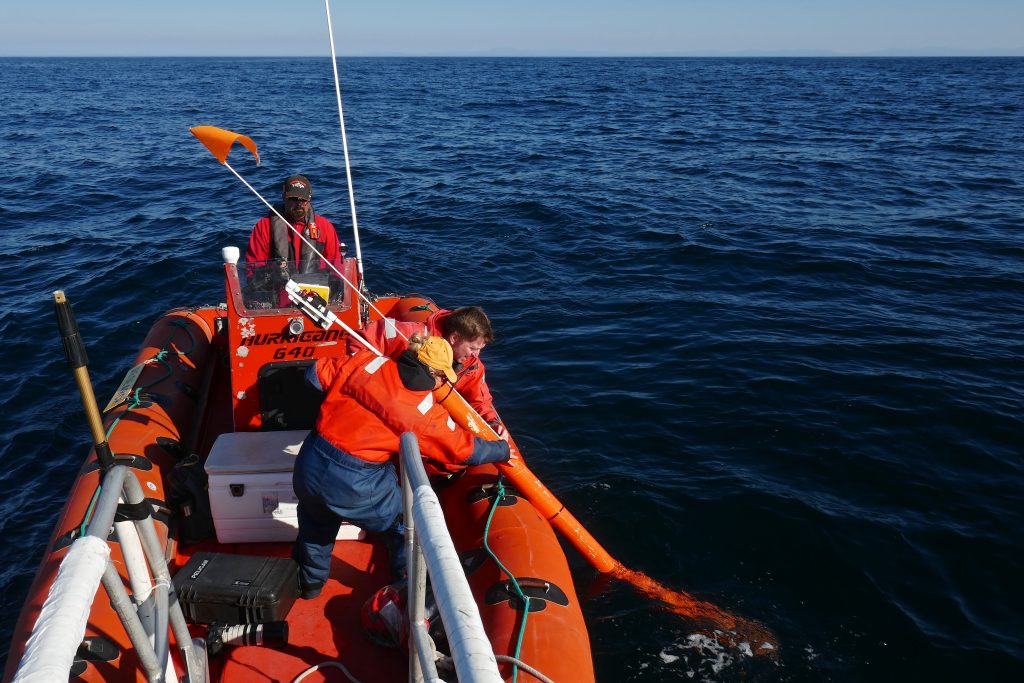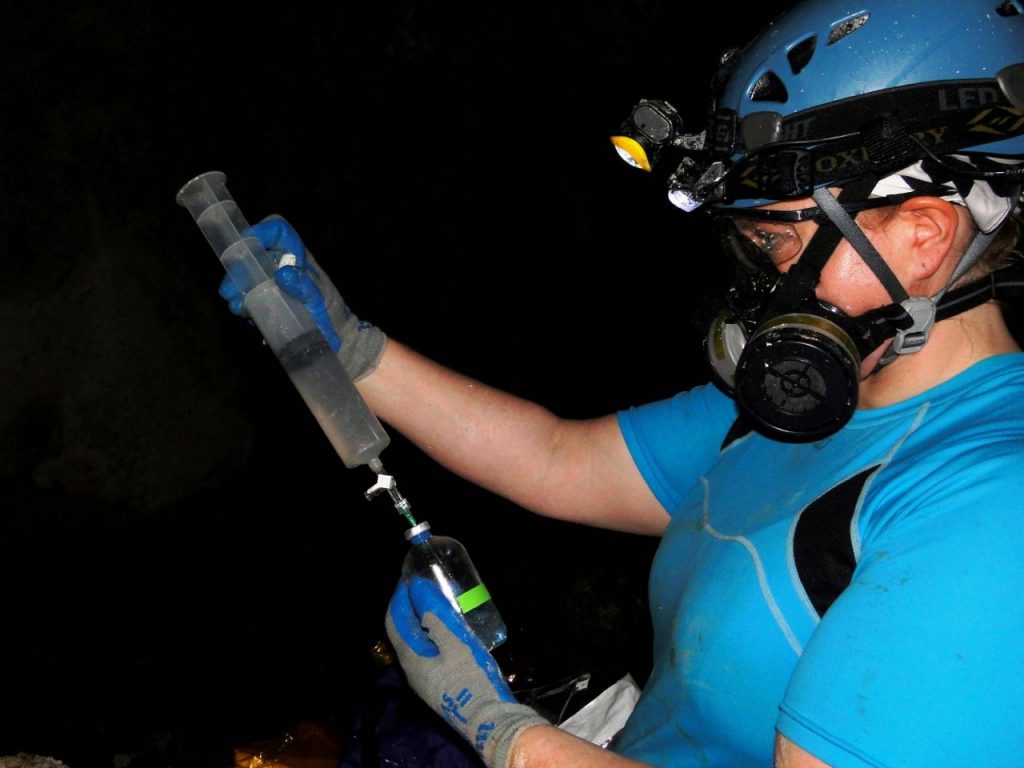Posts Tagged ‘geochemistry’
Invisible forces: Through the cloud of atmospheric aerosols
If you’re a scientist in an oceanography department, you’re probably studying the ocean, right? Well, part of your job might be studying things like phytoplankton, the tiny oceanic powerhouses that play a crucial role in our planet’s ecosystem. But how about clouds? Oh, and the properties of light, too?
Read MoreSolving for climate: Coasts in the machine
The Earth’s oceans play a crucial role in regulating the planet’s climate by absorbing and storing vast amounts of heat and carbon dioxide from the atmosphere. However, due to human activities such as the burning of fossil fuels and deforestation, the oceans are warming at an alarming rate. This increase in ocean temperature is causing a range of devastating impacts, from more frequent and severe storms to rising sea levels and bleached coral reefs.
Read More21-Storied careers: Scouring seas from the skies
This episode is about how satellite technology is being used to study a big chunk of the earth’s surface. Seventy percent of the earth comprises water but we know very little about it. Color sensors aboard some satellites can actually reveal a lot about phytoplankton or microalgae blooms that are linked to ocean temperatures. These tiny organisms contribute to half the photosynthesis on the planet.
Read More16-Ice: Shells of an ice-less past
Brian Huber is a climate detective at the Smithsonian who grew up collecting arrowheads in the woods of Ohio, but now collects and studies fossils from sediment cores. Brian uses fossils of tiny organisms − foraminifera − to track climate over millions of years, including the Cretaceous Hot Greenhouse climate.
Read MoreDiscovering Europe’s History Through its Timbers
An analysis of timber used to construct buildings in Europe hundreds of years ago is giving scientists and historians new insights into the region’s history from the 13th to 17th centuries. Using samples of wood taken from old buildings in Europe, Fredrik Charpentier Ljungqvist, a historian and paleoclimatologist at Stockholm University, and Andrea Seim, a…
Read MoreThird Pod Presents: Sci & Tell – Bärbel Hönisch, “Queen of Boron”
Bärbel Hönisch, Associate Professor of Environmental Sciences at Columbia University also known as Queen of Boron, transported us millions of years beyond the ice cores to the realm when Greenland had no ice.
Read MoreE19 – Eavesdropping on the Ocean
To those of us on land, the world underneath the oceans seems quiet and serene. But scientists who study ocean acoustics will tell you it is anything but tranquil underwater. Our oceans are home to a cacophony of sounds – from the songs of marine mammals to the cracking of icebergs to the rumbling of earthquakes to the roar of ships.
Read MoreCentennial E3 – Rifts Beneath the Ocean Floor
Kathy Crane is a true adventurer. As one of the first women in the field of marine geophysics in the 1970s, she hypothesized and then helped discover the existence of hydrothermal vents on the Galápagos Rift along the East Pacific Rise in the mid-1970s and was one the first people to see many of the strange creatures that make their home in this improbable environment.
Read MoreE7 – From Landfills to Martian Hills
Building instruments to search for the building blocks of life in the rocks of Mars is no small feat. These gadgets must endure spaceflight, landing on the Martian surface, intense radiation, wild swings in temperature, uneven surfaces and then beam data collected millions of kilometers away back to expectant researchers on Earth.
Read More

